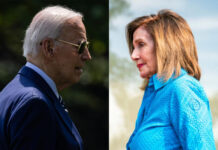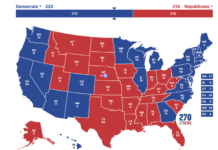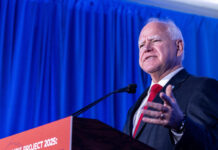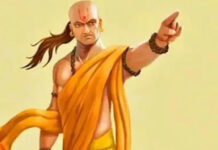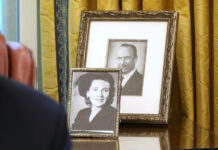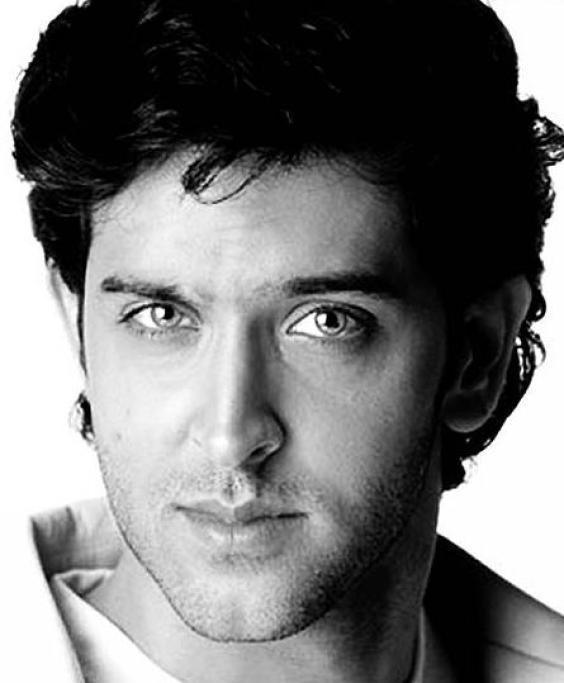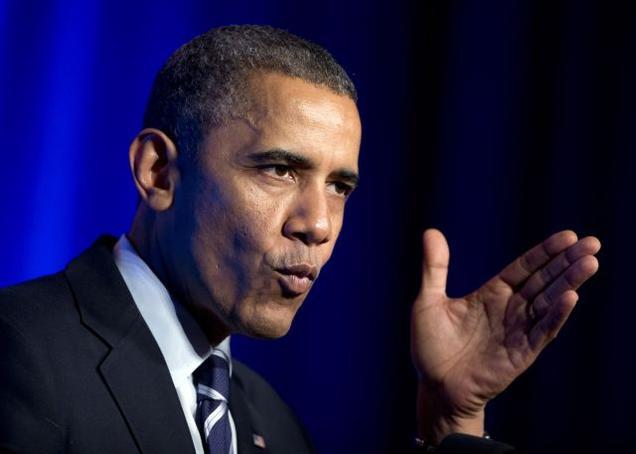April 10, 2013
A film festival in the United Kingdom is recognizing 100 years of Bollywood cinema with screening of such legendary classics like Mughal-e-Azam and Raja Harishchandra. Mughal-e-Azam was the most expensive film ever made.
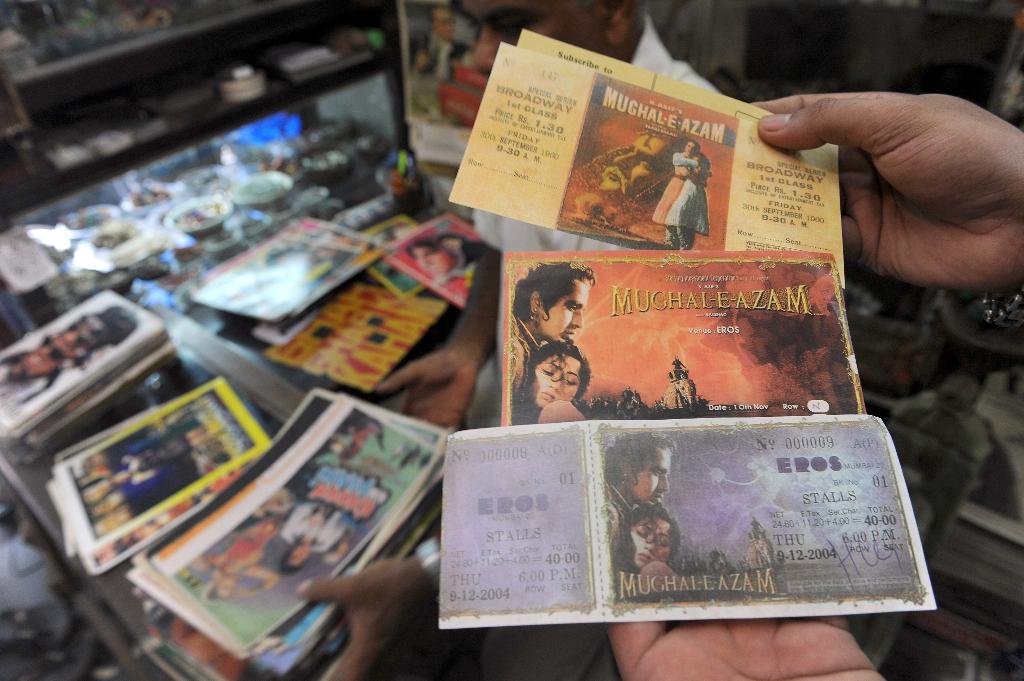
April 10, 2013
A film festival in the United Kingdom is recognizing 100 years of Bollywood cinema with screening of such legendary classics like Mughal-e-Azam and Raja Harishchandra. Mughal-e-Azam was the most expensive film ever made.

Thursday marks the start of the 19th Bradford international film festival (Biff), which this year, in recognition of 100 years of Bollywood, includes a strand devoted to Indian film.
Happy Birthday Indian Cinema features a range of classics, such as the 12 surviving minutes of India's very first feature film, Raja Harishchandra, and the most expensive film ever made up to 1960, Mughal-e-Azam. Raja Harishchandra, released in 1913, was originally around four times this length.
The festival also features The Chess Players, a 1977 film by one of the great auteurs of world cinema, Satyajit Ray. There's also a rare opportunity to watch some of the greatest Indian films of all time.
Silsila (The Affair) was made by the late Yash Chopra, known as the godfather of romance. The 1981 film famously popularized the tulip fields of Holland and featured a love triangle with a twist. The audience took issue with this film's theme of adultery, particularly because the story was widely believed to be based on a real life love triangle involving the actual stars of the film, Amitabh Bachchan, his wife Jaya and lover Rekha. Although Silsila is now regarded as a masterpiece, the contentious theme was blamed for the film's lack of success at the box office.
When Yash Chopra's son Aditya made his directorial debut in 1995, he paid an affectionate tribute to his father by borrowing some of his visual vocabulary. Dilwale Dulhania Le Jayenge (The Braveheart Shall Take Away the Bride), commonly abbreviated as DDLJ, became Indian cinema's first diaspora film. Not only was the story about second-generation British Indians, the film's London setting was a key feature of the storyline. Britain had previously featured in Bollywood films, but usually only as an 'exotic' backdrop for the numerous song and dance sequences. Yash Chopra was even credited with promoting the Lake District by setting some of his songs in the national park.
When Mughal-e-Azam (The Greatest of the Mughals) was released in 1960, it was the most expensive film ever made. Inspired by true events, the film recounts the story of a 16th century Mughal emperor whose rebellious son falls in love with a beautiful court dancer, but is deemed too lowly for the heir.
The director, K Asif, was such a perfectionist that it took him 10 years to complete the black and white film, at which point he approached the funders about shooting the entire thing again in Technicolor. Their refusal forced him to compromise by adding a few scenes in color. The most notable of these is arguably the greatest song and dance sequence of all time, Pyar Kiya to Darna Kya (What Is There to Fear When You Fall in Love). The set for this exceeded the cost of making an entire film in those days.
Mughal-e-Azam went on to become the highest-grossing film of its day thanks to its sweeping love story, epic battle scenes, legendary cast, unforgettable performances, memorable dialogue and one of the best soundtracks in the history of Indian cinema.
Mother India is perhaps the quintessential Indian film, thanks to its powerful portrayal of womanhood and community in traditional Indian society. Bollywood fans love reading elements of the stars' real lives into their films. They love watching Mother India knowing that the luminous actress Nargis fell in love with Sunil Dutt during filming, allegedly after he saved her from a fire on the set. Their son, Bollywood actor Sanjay Dutt, was last month sentenced to five years in prison by the Indian Supreme Court for his role in the 1993 Mumbai blasts.
Happy Birthday Indian Cinema is part of Biff, which runs until 21 April 2013. Vibrant posters from these films are also featured in the Bollywood Icons exhibition, which celebrates some of the greatest stars of Indian cinema and runs at the National Media Museum in Bradford until 16 June 2013.
Irna Qureshi is giving a talk on Indian cinema at the Museum Cafe on Saturday 13 April at 4pm. Qureshi is an anthropologist and writer on British Asian culture and curator of the Bollywood Icons exhibition. She also blogs about being British, Pakistani, Muslim and female in Bradford
This article originally appeared on the guardian






